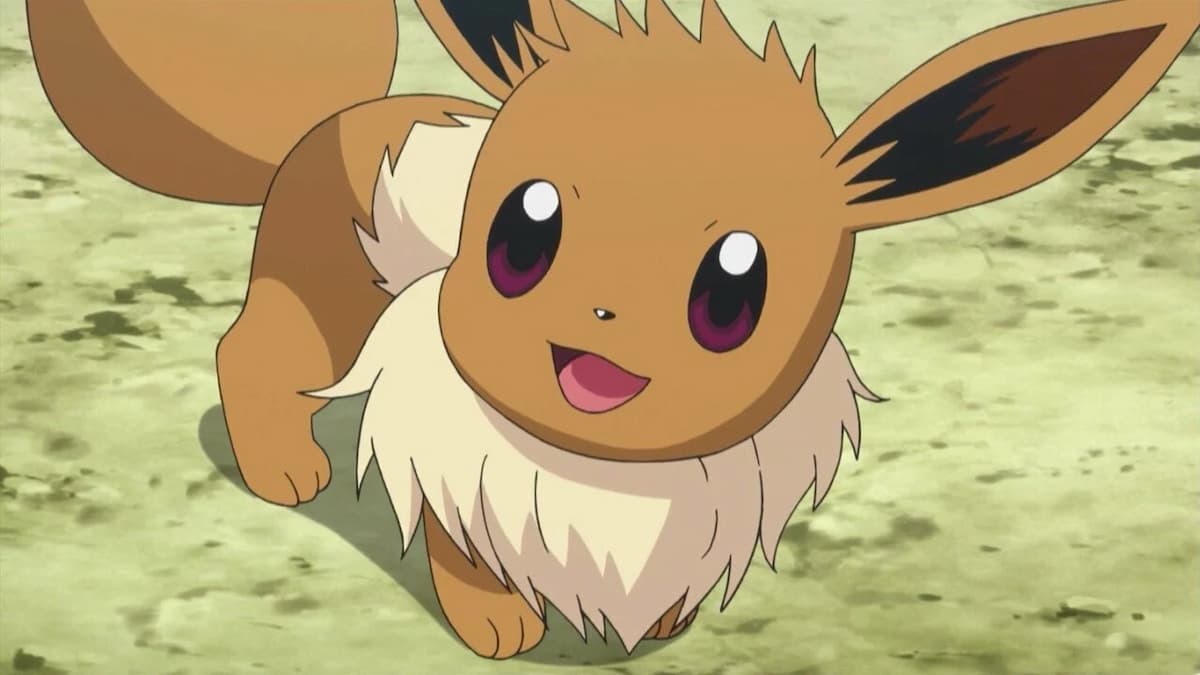How to Spot Fake Pokemon Cards: Tips and Tricks
Damn those counterfeits...

We sadly live in a world that’s too full of deceit and fraud, and of course, Trading Card Games are not exempt from these malicious human traits and there are (sadly) entire production lines dedicated to creating counterfeit (fake) Pokemon cards (and let’s be clear here, not a single popular TCG has managed to dodge this trend, including Yu-Gi-Oh!).
Prima Games will try and help you spot fake and counterfeit Pokemon cards easily with a few tips and tricks.
How to Check if a Pokemon Card is a Counterfeit or Not
I have been dealing with TCGs for 2 decades, and the first advice would be to actually interact with real Pokemon cards as much as possible, because your brains and muscles will remember certain things about the cards so you’ll intuitively recognize most of the fakes right off the bat. Yes, I am well aware of how stupid this sounds, because you’re probably just starting out and need some actual guidance. Hopefully, you have a friend who can show you some original cards, or you can buy some yourself from a reputable source. The first rule of buying Pokemon Cards and products related to Pokemon TCG is to buy from Official or Licensed, reputable sources, whether it’s a local card shop or a website.
Related: How Pokémon YouTuber PokiChloe is Paving the Way for Women
How to See if a Pokemon Card is Fake or Real
Here are some general tips that you can adopt as good practices for checking if the Pokemon card you’re inspecting is real or fake (counterfeit) because you are definitely going to encounter a lot of stuff in the wild (clubs, tournaments, online third-party listings on eBay, craigslist or wherever).
Related: I Made (and Ate) Cursed Pokémon Scarlet & Violet Sandwiches in Real Life
- Inspect the card’s material, or shall we say the texture of the card: Authentic and Original Pokémon cards have a unique texture that counterfeit cards often don’t have because they do not have the proper technology to replicate this. Real cards have a slightly grainy, almost rough texture, while fake cards often have a smoother, cheaper finish. You will probably be able to tell real from fake by feeling the card with your fingertips, once you gather enough “experience” from touching real cards.
- Inspect the color or the card: Counterfeit (fake) cards usually (I say usually because they are getting better at copying) have colors that may seem off, especially on the card borders or artwork, whether we’re talking front or back of the card. Compare the colors on the card to those of other authentic cards to see if there are any discrepancies. As mentioned above, if you have a 100% confirmed original card on you, you’ll be able to easily put them side to side and conduct inspections. Card backs sometimes are a dead tell, because, in all TCGs, card backs are standardized so that they do not differ from each other during tournament play (marked cards are a no-no, and not everyone plays with sleeves… please play with sleeves.)
- Inspect the font of the text on the card: The font used on the card should be crystal clear and sharp, with the specific shape of the letters. Every TCG has its recognizable font used for card text. If the font looks blurry or smudged, or the letters just look different than what you’re used to the card may be counterfeit. And on top of that, some phrases or usual wording that you see on original cards regularly might not exist on the fake card.
- Inspect the holographic material (pattern): Many Pokémon cards feature a holographic pattern that changes when the card is tilted (moved around). Fake cards may have a holographic pattern that just doesn’t change in any way, no matter from which angle you’re looking at the card, or just doesn’t look as detailed as an authentic card, or just looks cheap as hell.
- Inspect the size of the card: Counterfeit cards may be slightly larger or smaller than authentic (original) cards. The best test is to use a ruler (or any other length-measuring device) to measure the dimensions of the card to see if they match up with an authentic card. Also, you can stack up cards on top of each other and see if any one of them is “off”.
- Compare the card you have with the official version of the card from a reputable website. You can use the Pokemon TCG Database (Official), PKMNCARDS, or PokemonCard.io for comparison.
- There is a test that involves bending the card (because the material behaves differently on a real Pokemon TCG card) or just cutting or ripping the card in half because the core of the card is visibly different. We do not recommend this practice because you might mistakenly destroy a card that has some actual secondary market value.
Related: What is the Rarest Pokemon Card in Existence? – Answered
Thank you for stopping by at Prima Games! We hope that this guide has been helpful to you. See you around!
